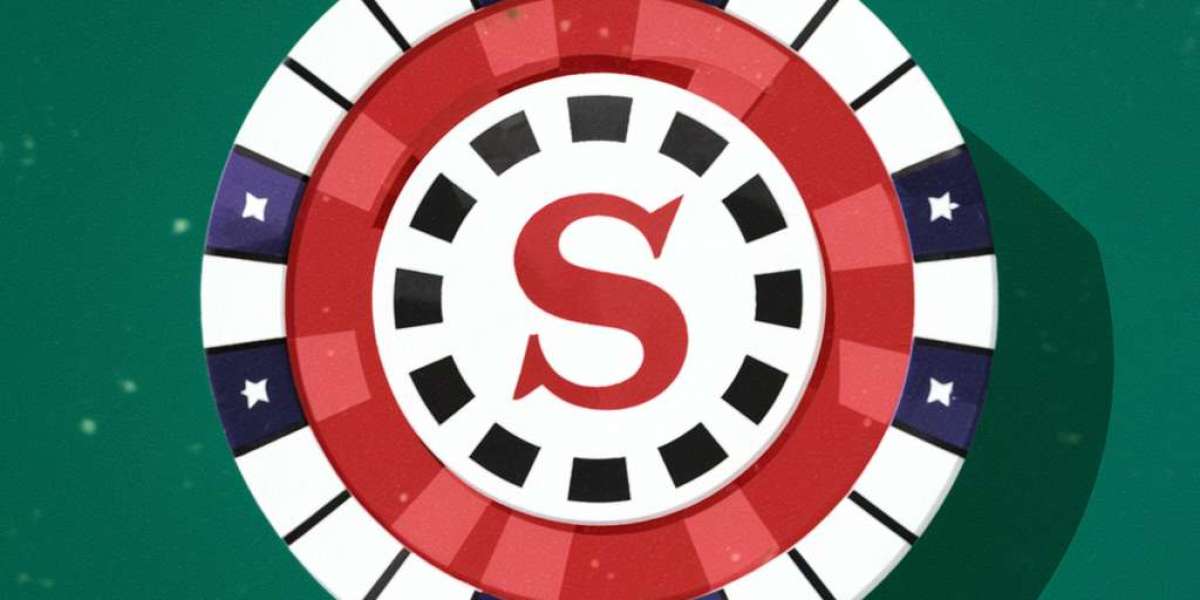Although being overweight is not so easy, say, for instance, weighing more caused by overfeeding is equally difficult to gain. For those recovering from surgery or illness, people with different levels of activity aimed at the development of bulky muscles—all these categories of people often struggle to consume enough calories and proteins to support long-term weight gain goals. That explains how pursuing a calorie-dense diet, especially one with basically 3000 calories per day, can help you shed weight.
What is a 3,000 Calorie Diet?
In that amount of calories, as in a 3,000-calorie meal, the quantity of calories if a calculation is made as a result of a balanced table and its separate dishes will be the same.
1. The recommended value is 2,400 calories per day for a mature female.
2. 3000 kcal. The recommended amount of energy per day for ordinary adult men is.
In essence, giving an additional 600–1,200+ calories gives the amount of energy and nutrients required to achieve an optimal weight gain. But—as we said—the traits of calories are no less important than their number.
Who is a 3,000 Calorie Diet Good For?
When prescribed and supervised by healthcare professionals, a 3,000-calorie meal plan can benefit:
1. Recovery from surgery, chronic infections, cancer, etc., is mostly observed among naturalistic cachectic patients.
2. Powerlifters, modern football players, and rugby players who are trying to emphasize muscle bulk.
3. Severe ectomorph body concepts face tasking issues in gaining mass.
The high calorific content contributes to the return to normal body mass due to the demand for more energy expenditure. However, this rate of consumption may be seen as far above the norm for the average, typically inactive individual.
Benefits of a 3,000 Calorie Diet
Here are some of the evidence-based benefits associated with temporarily following a properly structured 3,000-calorie meal plan for healthy weight gain:
1. Promotes weight gain for underweight individuals
2. Supports lean muscle growth when combined with strength training
3. It helps athletes meet higher calorie needs for performance and recovery
4. Speeds postoperative wound healing and recovery
5. Improves treatment outcomes and survival in malnutrition
6. Boosts strength and energy levels
7. Provides adequate calories and nutrients for growth needs
Risks and Considerations
When not properly implemented under medical guidance, potential risks of a 3,000 calorie plan may include:
1. Weight gain disproportionately from fat instead of lean tissue
2. Nutritional deficiencies if the diet isn't balanced
3. Decreased insulin sensitivity
4. GI issues from the rapid introduction of excess calories
5. Excess intake of salt, sugar, and saturated fat
6. Reduced motivation to be active
To minimize the risks as much as possible, it is strongly recommended to develop your own specialized plan, which should nevertheless be guided by a registered dietitian or national nutritionist who can be sure that this plan meets your preferences and activity levels. The healthcare provider for the entity is also in a position to monitor for potential complications.
Sample 3,000 Calorie Meal Plan
Here's a snapshot of a nutritious 3,000-calorie meal plan:
Breakfast
1. Oatmeal cooked in milk with almonds, pecans, fresh fruit - 500 calories
2. Greek yogurt with berries - 200 calories
3. Whole grain toast with peanut butter - 300 calories
Snack
1. Hummus with red bell pepper slices and whole wheat pita - 350 calories
Lunch
1. Grilled chicken wrap with lettuce, tomato, avocado - 700 calories
2. Vegetable soup - 200 calories
3. Mixed berries - 70 calories
Pre-Workout Snack
1. Cottage cheese with banana - 250 calories
2. Whey protein shake - 200 calories
Dinner
1. Grilled salmon with quinoa and asparagus - 600 calories
2. Mixed green salad with chickpeas and dressing - 350 calories
Evening Snack
1. High protein milkshake - 350 calories
2. Fruit and nut bar - 150 calories
This will give 50% lean proteins, 25% complex carbohydrates, 25% good fats, 25% fruits, 50% vegetables, and 25% whole grains to achieve the best nutrition content. These functions constitute lobbyists like snacks, beverages, condiments, sauces, etcetera that hold people across the board capable of sustaining their caloric intake. Once you realize that a certain diet has the potential to work for you as a whole, make an effort to alter the portion size and make changes for allergens.
Conclusion
In brief, a 3,000-calorie diet can help achieve weight-gain goals; however, it should be recommended by healthcare professionals with close monitoring to avoid the risks and to implement it in the best way for your specific case. Monitor them closely and modify intake as needed. Accomplishment of this aspect is a long-term process that would require patience, dedication, and a sustainable fitness routine.
For more information Visit:
https://www.punarjanayurveda.com/best-ayurvedic-cancer-hospital-in-kolkata/










